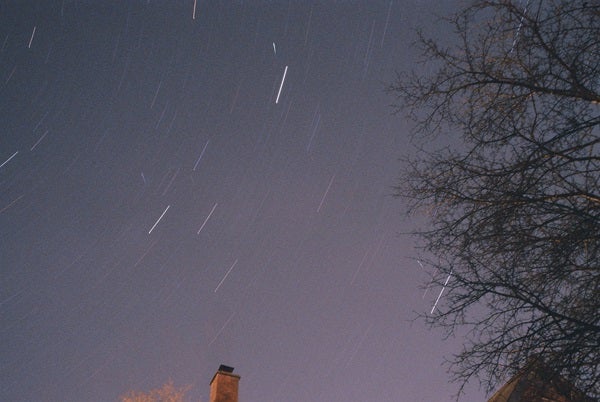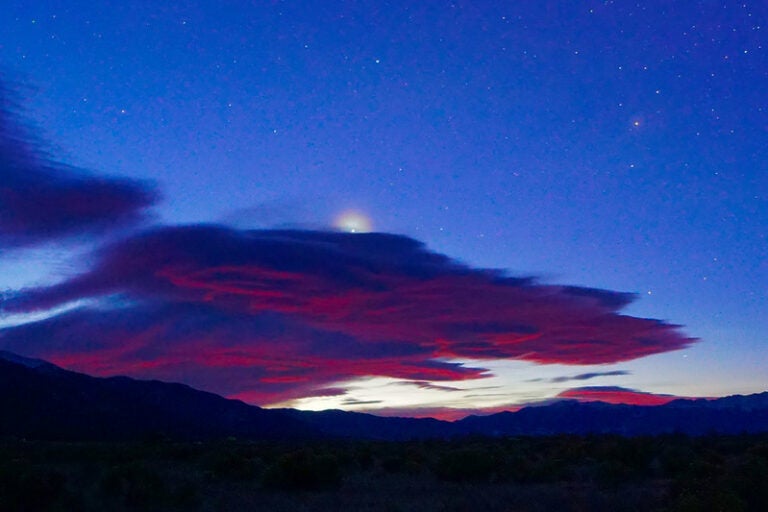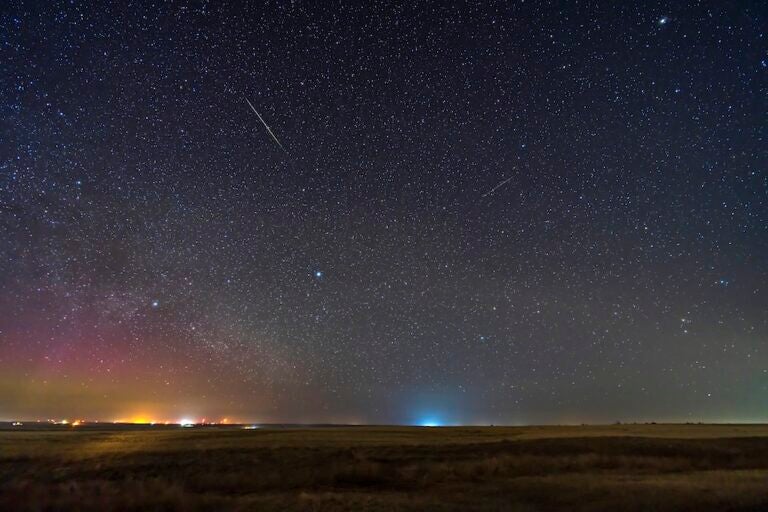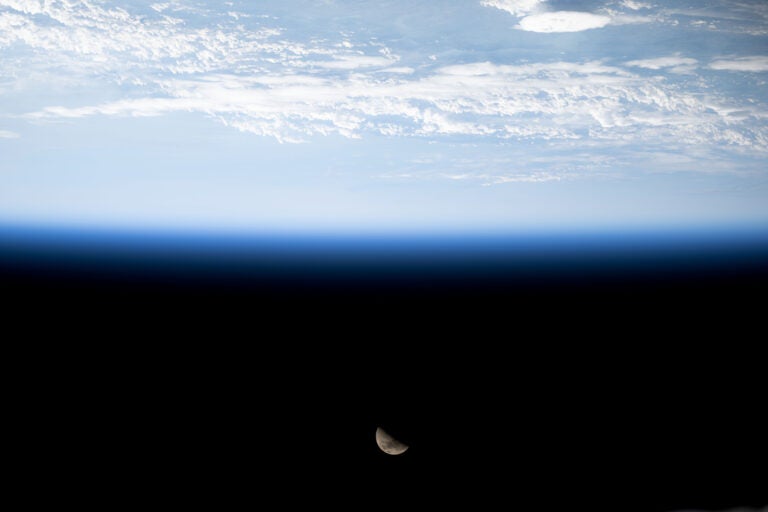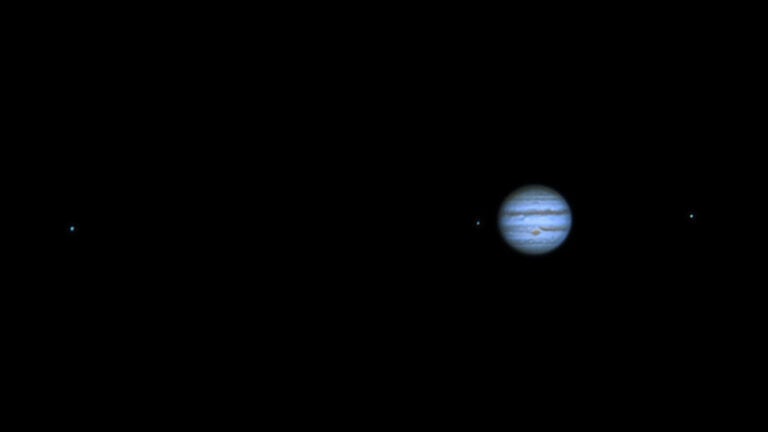The annual Lyrid meteor shower peaks the night of April 21/22. Although the Lyrids don’t get as much recognition as many summer and autumn meteor showers do, it often puts on nice display. In a good year, observers using just their naked eye can expect to see up to 20 “shooting stars” per hour — an average of one every three minutes — at the Lyrids’ peak.
And conditions should be close to ideal this year. The waning crescent Moon rises after 4 a.m. local daylight time on the 22nd, and even when it does, it sheds little light into the predawn sky. The Moon’s presence often hinders meteor viewing by drowning out fainter streaks. For the same reason, the best views of the shower come from observing sites far from the lights of any city.
You’ll want to watch the sky for an hour or more, so comfort is key. Bring along warm clothes and a blanket. Even if evening temperatures are comfortable, you won’t be active and can get cold in a hurry. Have some hot coffee or tea to ward off the chill. Reclining in a lawn chair is a great way to take in a lot of the sky at once, but be sure to get up and walk around occasionally.
The Lyrids begin as tiny specks of dust that hit Earth’s atmosphere at 109,600 mph (176,400 km/h), vaporizing from friction with the air and leaving behind the streaks of light we call meteors. The meteors appear to emanate from the constellation Lyra the Harp, near the bright star Vega, which rises in late evening and passes nearly overhead shortly before dawn.

